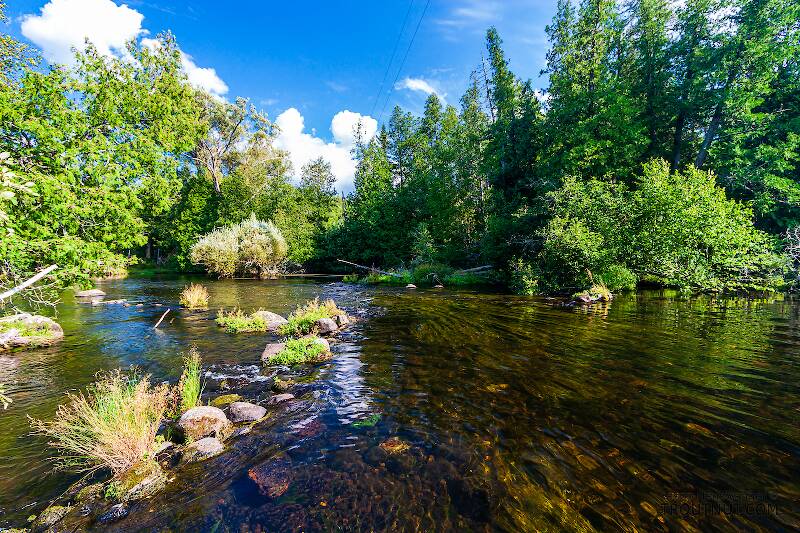
Blue-winged Olives
Baetis
Tiny Baetis mayflies are perhaps the most commonly encountered and imitated by anglers on all American trout streams due to their great abundance, widespread distribution, and trout-friendly emergence habits.


Ameletus velox (Brown Dun) Mayfly Nymph Pictures
These two exuviae are my sad little consolation prize after collecting a couple of really cool, large, mature mayfly nymphs I didn't recognize from a tiny, probably fishless, spring-fed tributary of a slightly less tiny trout stream. I saw the nymphs in the kicknet samples and carefully transferred each one to my holding cooler before going to collect more samples. When I got home, I carefully went through the whole sample and couldn't find either one of them. Getting worried, I did it again and even more carefully. This time, I found both exuviae. By process of elimination, pretty much the only possibility is that both of them hatched out of my cooler and flew away during the 10 minutes or so that I had the lid off to collect more samples.
I was really excited about them for the whole three-hour drive home and seriously bummed that they disappeared. In the field I thought they might be one of the families of swimmer nymphs I don't have yet, like Ametropodidae, but keying the exuviae takes me to Ameletus, so at least I didn't miss some great rarity. Still, they were much larger and darker than any other Ameletus I've collected and probably a species I don't have yet.
Edit: I returned four years later and caught a specimen of Ameletus velox in this spot (actually several, just photographed one), which I think solves the mystery of this one's ID.


This mayfly was collected from Mystery Creek #199 in Washington on July 28th, 2019 and added to Troutnut.com by Troutnut on July 30th, 2019.
Start a Discussion of Nymph
Ameletus velox (Brown Dun) Mayfly Nymph Pictures
Collection details
Date: July 28th, 2019
Added to site: July 30th, 2019
Author: Troutnut

